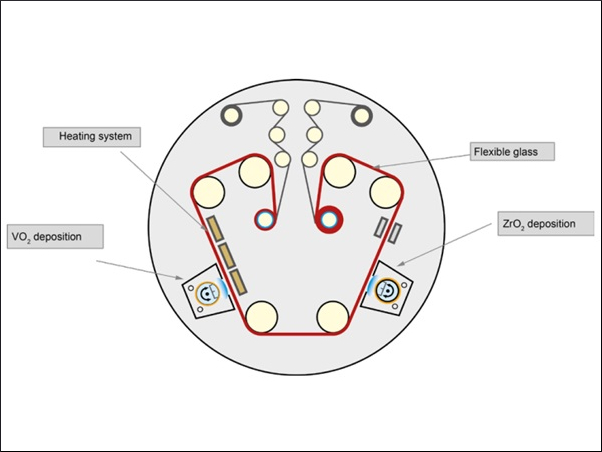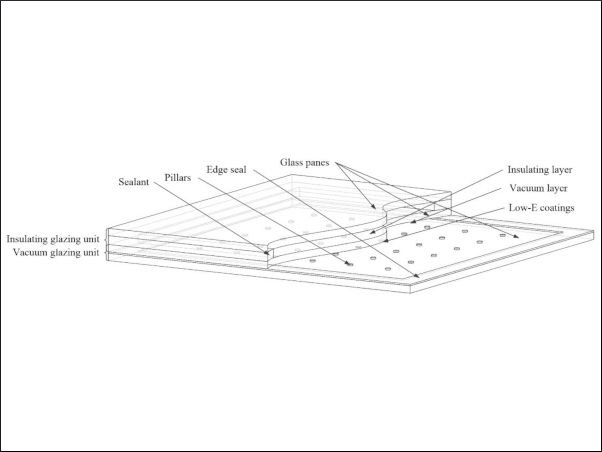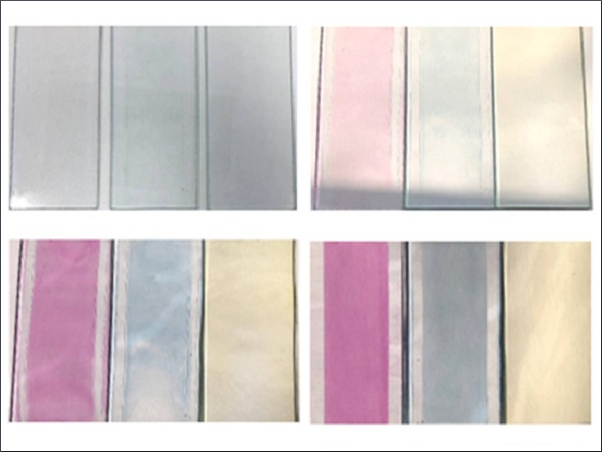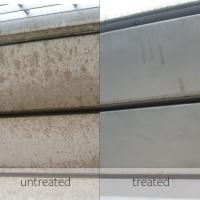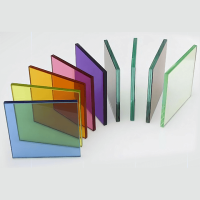Glass is one of today’s most versatile building materials due to its virtually unlimited aesthetic options and outstanding energy characteristics.
The breadth of glass colors available is one reason why glass is so aesthetically versatile. But how does the industry ensure precise color accuracy in glass coatings? And how do you read color in glass?
PPG uses a L*a*b* color space-a globally recognized color measurement system—to numerically define glass colors on three axes on a three-dimensional spectrum: L* (luminance: lightness-darkness), a* (green-red) and b* (blue-yellow). On the L* axis, zero represents pure black and 100 represents pure white.
On the a* axis, -60 represents pure green and +60 represents pure red. On the b* axis, -60 represents pure blue and +60 represents pure yellow.
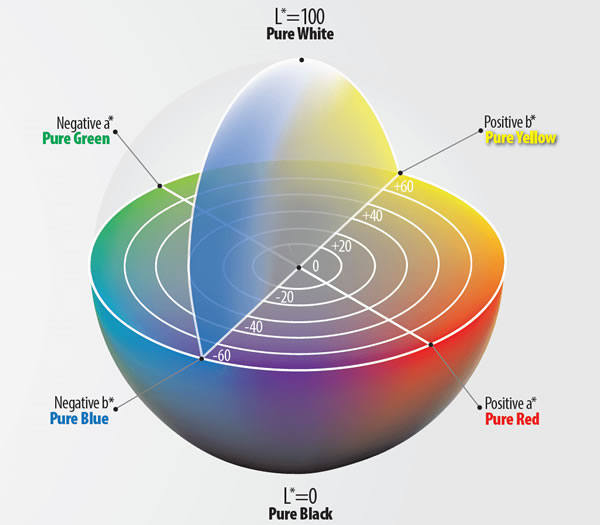
On the L* axis, the numerical color values for architectural glass typically plot between 20 and 97, representing levels of transparency from dark privacy glass in the 25 range to ultra-clear, low-iron glass in the 95-plus range.
The 0,0 point where the a* and b* axes intersect is considered neutral and is commonly identified as gray. Most tinted and coated glasses (excluding painted spandrels) are fairly neutral in color and have a* and b* values that range from -20 to +20.
The factor △E *ab represents the measurement of distance between any two points in the three-dimensional L*a*b* color space. This enables objective comparison of glass colors without the influence of ambient light or the subjective perception of a human observer.
This system, which incorporates values derived using sophisticated color measurement devices called spectrophotometers, enables objective, numerical comparison of color differences between objects such as glass. These colors are formally defined in several industry standards published by the ASTM:
- ASTM C1376 and ASTM D2244 are the building glazing industry standards and utilize L*a*b* color measurements, taken by spectrophotometer, oriented perpendicular to the glass surface.
- ASTM C1376 sets the limit of exterior reflected color non-uniformity for coated glass within a glazed unit and from one glazed unit to the next. Visually observable differences are possible within this specified range and can be quantified by calculating △E *ab values.
- ASTM C1376 also notes that glass may have a perceived color difference when viewed at angles. This is a common phenomenon and does not necessarily indicate a reason to reject the product.
Evaluating Glass Samples for Color

In evaluating a glass product’s color, PPG recommends the use of full-size glass mock-ups under -finished building conditions in similar building surroundings. This approach removes many variables that may influence the perceived color of glass on a building.
Glass color is a blend of transmitted and reflected color that is influenced by many factors, including light source, the properties of the coated glass, interior and exterior lighting conditions, viewing angle and differences in observers.
Perceived glass color can also be influenced by the size of the sample. For example, the color of a 12” x 12” sample may not appear the same as a 4’ x 10’ glazed unit of the identical glass.
In addition, viewing glass samples against a white surface overly emphasizes transmitted color, while a very dark background emphasizes reflected color—glass installed on buildings includes components of each blended together.
Thus, full-size glass mockups are particularly important to ensuring that all variables reflect those of the finishing building.
Note that even when evaluating a full-size mockup in situ, the absence of interior walls and shades during construction may also affect the perception of glass color.
Glass samples should always be evaluated in natural daylight since artificial light may emit wavelengths that can skew perception of glass color.
To learn more about the technical specifications for glass color in the U.S. and North America, visit www.astm.org.



